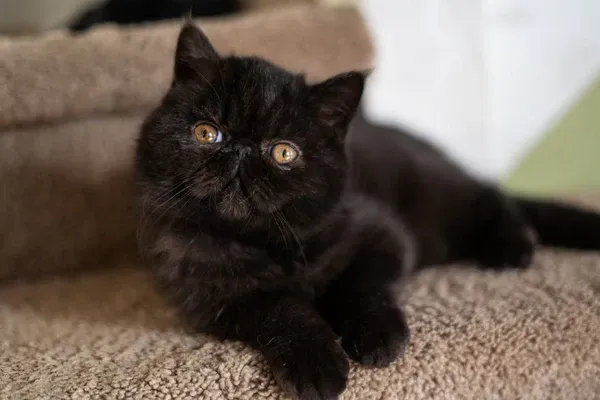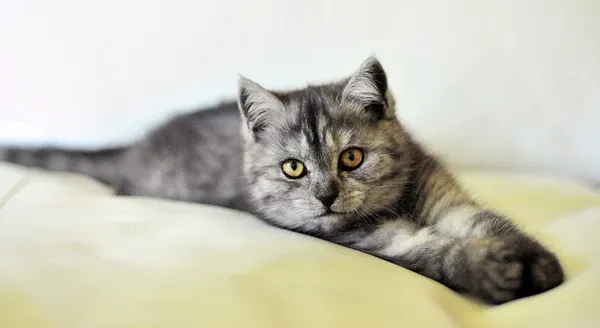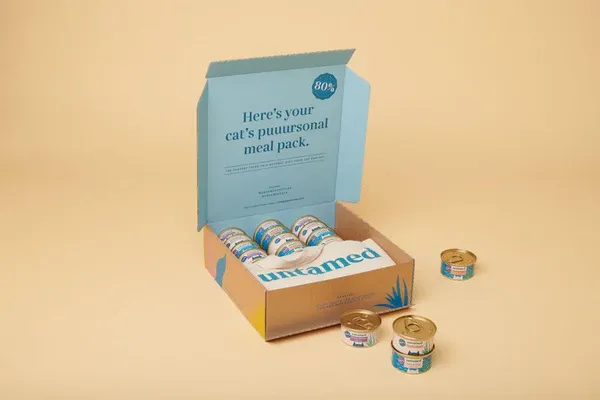The short hair Persian cat, better known as the Exotic Shorthair, captures the hearts of cat lovers with its plush face, affectionate nature, and low-maintenance coat. Unlike traditional Persians, whose long fur demands intensive grooming and leads to excessive shedding and hairballs, the short hair Persian offers all the charm without the hassle. This breed combines the teddy bear looks of a Persian with easier care, making it ideal for busy families or first-time owners interested in purebred bengal cat alternatives that are more laid-back.
In this comprehensive guide, we’ll explore the history, temperament, physical characteristics, common health concerns, grooming needs, and nutrition tips for the short hair Persian cat. Drawing from expert sources like the Cat Fanciers’ Association (CFA) and veterinary insights, you’ll learn how to keep your Exotic Shorthair healthy and happy for their typical lifespan of 12-15 years.
History of the Exotic Shorthair
The origins of the short hair Persian cat trace back to the 1950s in the United States. Breeders of American Shorthairs crossed their cats with Persians, aiming to introduce the Persian’s striking silver coat and green eyes into a shorthaired body. The result was unexpected: kittens with the Persian’s facial structure, body type, and personality but a shorter, denser coat. Further outcrosses with breeds like the Russian Blue refined the look.
The CFA officially recognized the Exotic Shorthair as a distinct breed in 1966, granting it championship status by 1967. Today, it’s the second most popular breed worldwide, just behind the Persian, according to CFA registrations. Interestingly, since Persians are still used in breeding programs, some Exotics carry the recessive longhair gene—mating two carriers has a 25% chance of producing longhaired kittens.
 Playful short hair Persian cat inviting play with a toy
Playful short hair Persian cat inviting play with a toy
Temperament of the Short Hair Persian Cat
Short hair Persian cats inherit the sweet, gentle, and loving personality of their Persian ancestors. These lap cats crave affection, often following their owners quietly and purring contentedly during cuddle sessions. They’re not highly energetic like Bengals or Siamese but show more playfulness than classic Persians, thanks to their American Shorthair roots. Expect them to bring toys as gifts, chirp melodiously to communicate needs, and enjoy short bursts of interactive play.
Males tend to be calmer and more devoted, shadowing you around the home, while females are slightly more independent yet equally cuddly. Exotics adapt well to apartments, families with children, and even other pets, though early socialization helps. They’re intelligent enough for basic tricks like “sit” using clicker training and treats, but they’re happiest lounging nearby.
Their vocalizations are softer and more expressive than Persians’, conveying everything from hunger to happiness without excessive meowing.
Physical Traits of Exotic Shorthairs
The short hair Persian cat mirrors the Persian in build but stands out with its plush, short-to-medium coat that’s dense and easy to maintain. Here’s a breakdown of key features:
| Feature | Description |
|---|---|
| Head | Large, rounded with full cheeks and a flat, pushed-in face (brachycephalic) |
| Eyes | Huge, round, and expressive in colors like copper, blue, green, or odd-eyed |
| Ears | Small, rounded, set wide apart |
| Neck | Short and muscular |
| Body | Stocky, cobby with broad chest; medium to large size (8-15 lbs) |
| Paws | Round with furry tufts |
| Tail | Short, thick, carried low |
| Coat | Short, thick, and fluffy; stands away from body |
| Colors | Vast variety: solid, tabby, tortoiseshell, smoke, bi-color, pointed |
This combination gives them an endearing “smushed-face” appeal that’s instantly recognizable.
 Close-up portrait of a short hair Persian cat showcasing its flat face and large eyes
Close-up portrait of a short hair Persian cat showcasing its flat face and large eyes
Common Health Issues in Short Hair Persian Cats
Like many brachycephalic breeds, short hair Persian cats are prone to genetic conditions. Responsible breeding and regular vet checkups can mitigate risks. Key concerns include:
- Polycystic Kidney Disease (PKD): Inherited from Persians; ultrasound screening is recommended for breeders. Affects up to 30-50% without testing (source: WebMD, PetMD).
- Brachycephalic Airway Syndrome: Flat faces cause breathing difficulties, snoring, heat intolerance, and higher infection risk.
- Eye Problems: Tear staining, ulcers, or entropion due to shallow eye sockets; daily wiping prevents infections.
- Dental Disease: Crowded teeth lead to plaque and gingivitis; brushing and dental diets help.
- Obesity: Sedentary nature makes portion control essential.
- Skin Fold Infections: Folds around eyes/nose can trap moisture; keep clean.
- Hypertrophic Cardiomyopathy (HCM): Heart condition; annual echoes advised.
Lifespan averages 12-15 years with proper care, per veterinary sources like VCA Animal Hospitals. Always choose breeders who test for PKD and HCM.
Grooming Needs for the Short Hair Persian
Nicknamed the “lazy owner’s Persian,” the short hair Persian cat requires far less grooming. Their coat resists matting, needing just weekly brushing with a rubber curry brush to remove loose fur and distribute oils. This prevents minor shedding and builds your bond—many owners report their cats loving the attention.
Bathe monthly if needed, using cat-safe shampoo, and trim nails bi-weekly. Clean ears weekly and brush teeth daily. Unlike longhaired Persians, hairballs are rare with consistent care.
Nutrition and Hairball Prevention for Optimal Coat Health
A balanced diet supports the short hair Persian cat’s glossy coat and vitality. Prioritize high-protein wet food (70-90% moisture) with animal-based ingredients—aim for 40-50% protein, moderate fats (15-20%), and low carbs. Avoid grain-heavy dry kibble, which can cause allergies, obesity, or dehydration.
Key nutrients:
- Taurine and Omega-3s: For heart/eye health and shiny fur.
- Fiber from veggies (pumpkin, broccoli in moderation): Aids hairball passage.
- Hydration boosters: Wet food or fountains encourage drinking.
For hairballs, promote exercise (toys, play sessions), offer cat grass for natural purging, and include malt paste weekly. Obesity prevention: Feed 20-25 kcal/lb body weight daily, split into meals. Consult vets for personalized plans, especially for seniors or picky eaters.
 Short hair Persian cat eagerly waiting for its balanced meal
Short hair Persian cat eagerly waiting for its balanced meal
Final Tips for Thriving Short Hair Persian Cats
Owning a short hair Persian cat means embracing a loving, low-fuss companion with Persian elegance. Focus on genetic testing, routine vet visits, quality nutrition, and gentle exercise to maximize their 12-15 year lifespan. Their playful yet chill vibe makes them perfect for any home.
Ready to welcome one? Research reputable breeders via CFA, start grooming routines early, and stock up on high-quality wet food. Share your experiences in the comments—what’s your favorite trait of the Exotic Shorthair?
References
- Cat Fanciers’ Association (CFA): cfa.org/breeds/exotic
- PetMD: Exotic Shorthair Health Guide
- VCA Animal Hospitals: Breed Profile
- WebMD Pets: Exotic Shorthair Overview
 Exotic Shorthair cat with a supply of nutritious wet food pouches
Exotic Shorthair cat with a supply of nutritious wet food pouches
